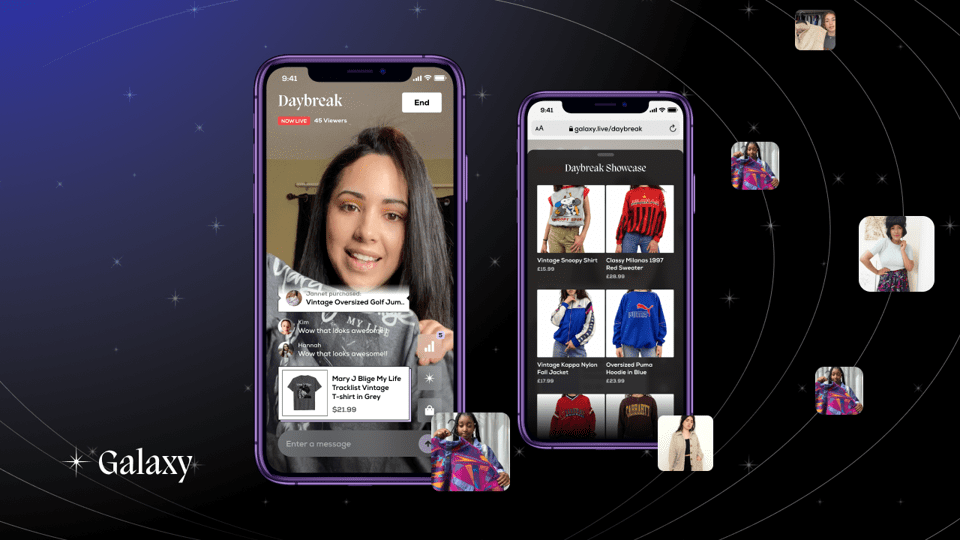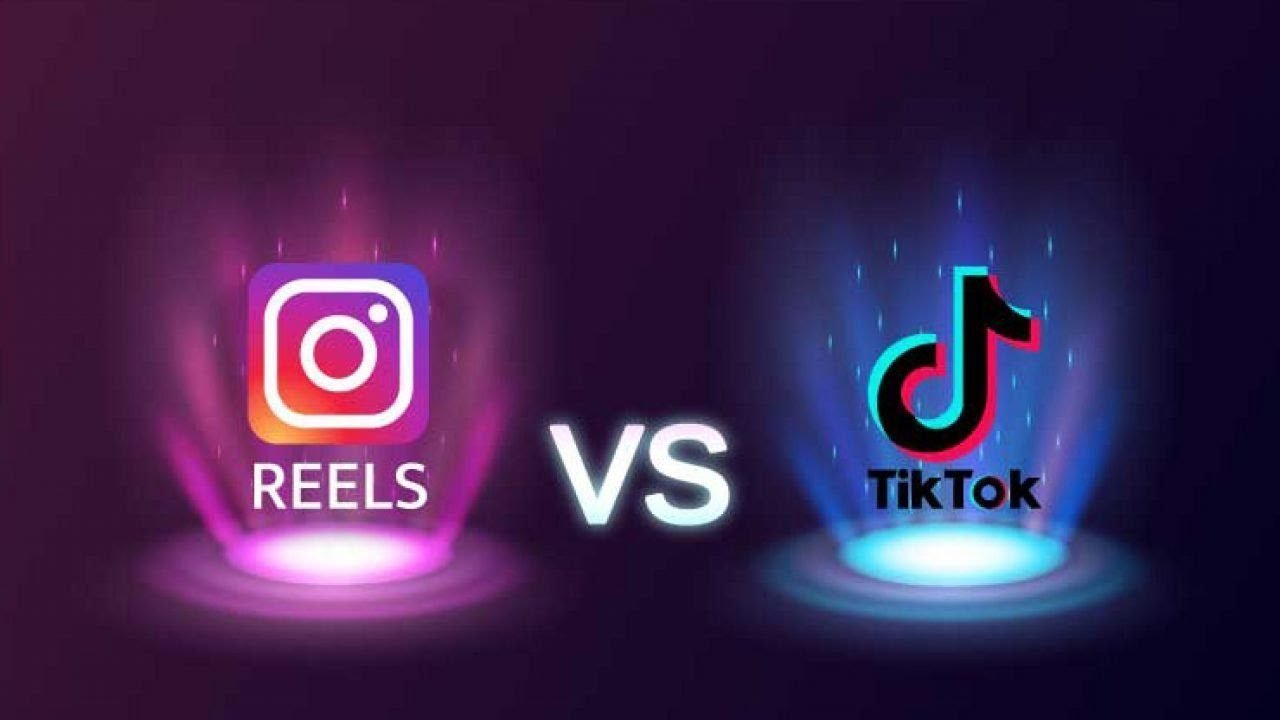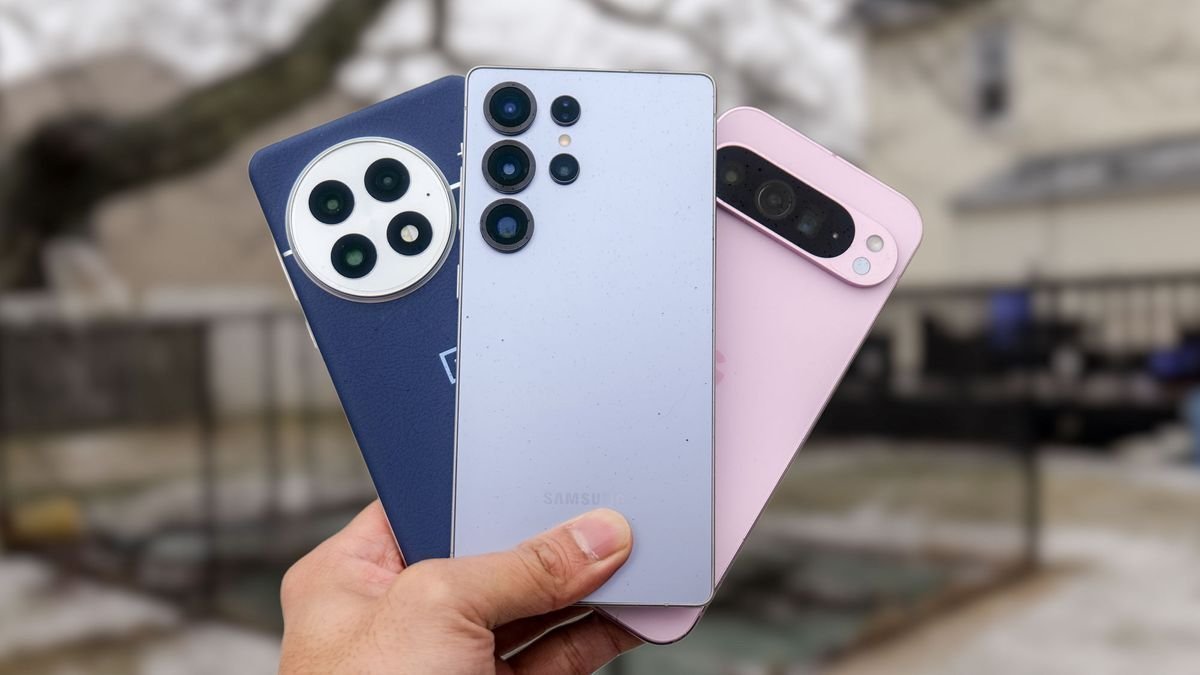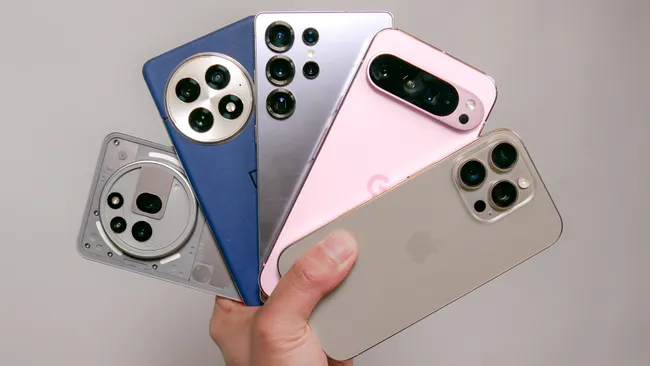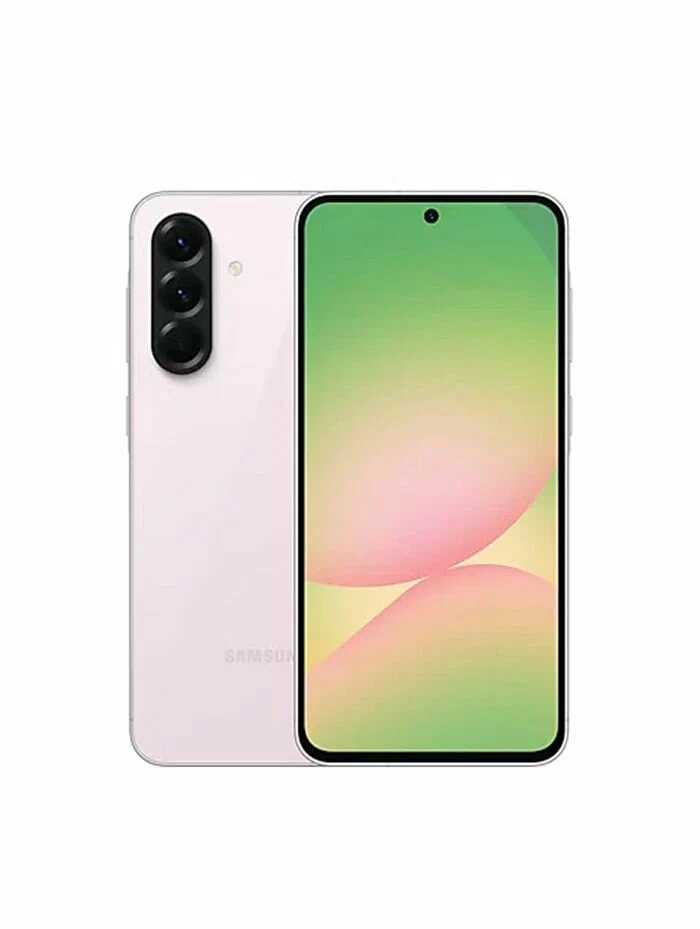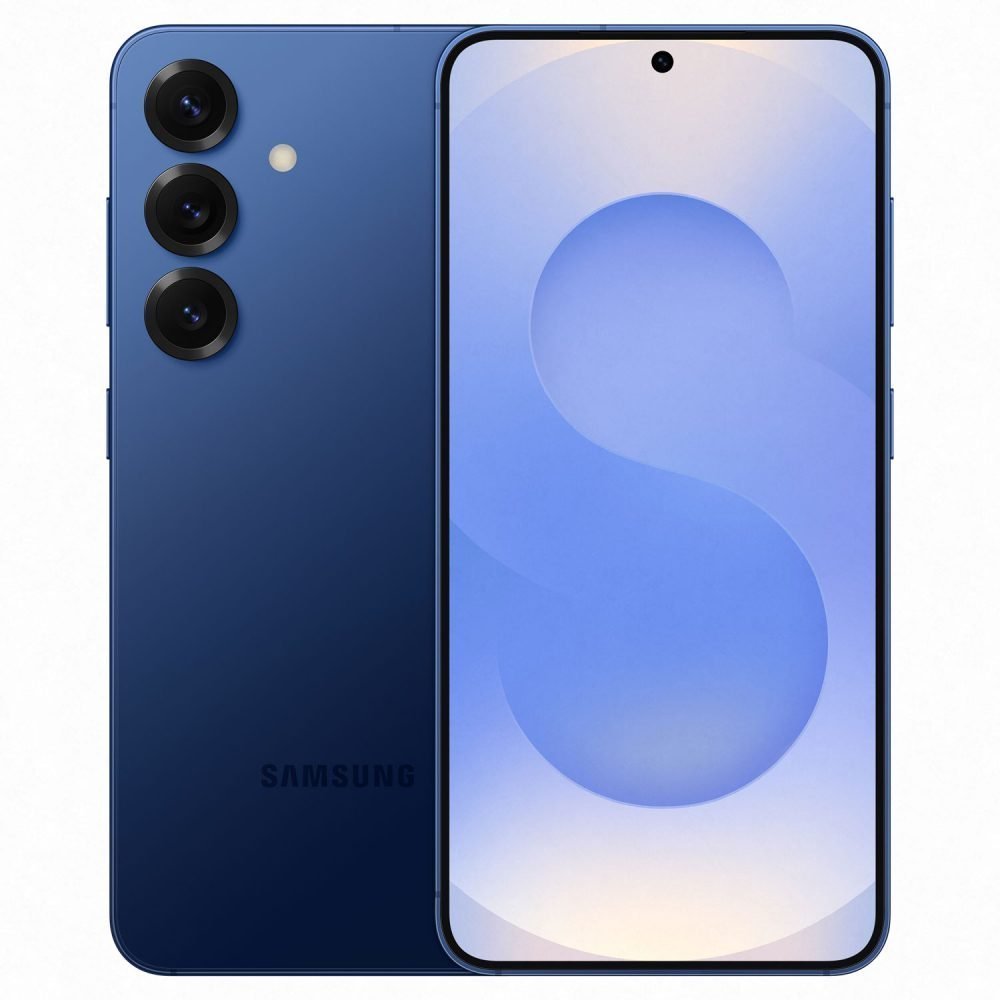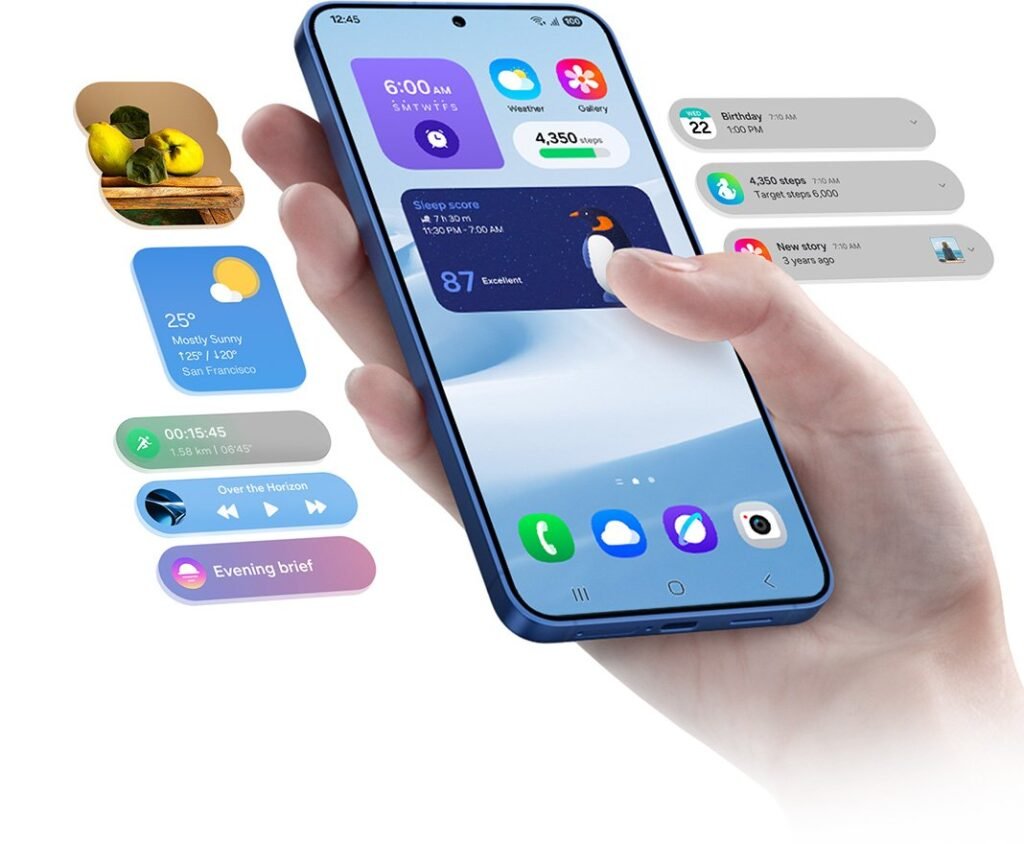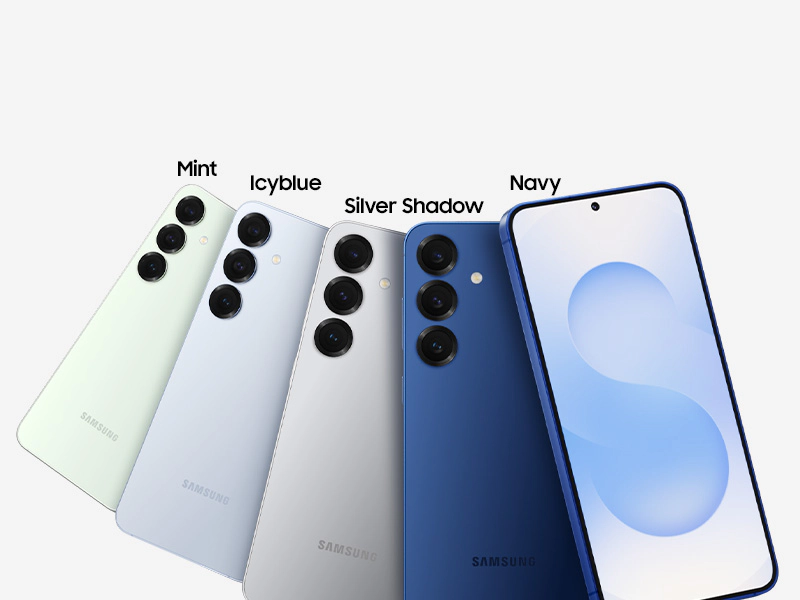What Are AI-Powered Smart Glasses and How Do They Work?
In the fast-changing world of technology, AI-powered smart glasses are gaining attention. These devices are not just stylish; they are changing how we connect with the digital world. Let’s explore what AI-powered smart glasses are, the deals available, and how they function.
What Are AI-Powered Smart Glasses?
AI-powered smart glasses are wearable devices that combine augmented reality (AR) and artificial intelligence (AI). They provide a hands-free digital experience. These glasses display digital information over the real world. Users can access data, receive notifications, and perform tasks without using their hands.
How AI Works in Smart Glasses
Artificial intelligence is essential for these smart glasses. AI algorithms analyze data in real-time to give users relevant information and suggestions. This can include translating languages on the go or identifying objects and providing useful details. The AI learns and adapts to the user’s preferences, improving the overall experience.
AI also helps to extend battery life and manage resources in the smart glasses. By predicting user behavior, AI can use system resources more effectively. This ensures the glasses work well without draining the battery too quickly. Good resource management is important for a smooth experience, especially in demanding applications.
Additionally, AI provides predictive insights. For example, based on your location and calendar, the glasses might suggest the best route to a meeting or remind you of important tasks. This proactive help shows how AI can make smart glasses valuable tools for productivity and convenience.
Connecting with Other Devices
Smart glasses often connect to smartphones or other devices using Bluetooth or Wi-Fi. This connection allows users to access apps, make calls, send messages, and more, all while keeping their hands free. The link with other devices enhances the functionality of smart glasses, making them powerful tools for managing digital life.
Beyond basic connections, smart glasses are becoming compatible with many smart home devices. This means you can control your lights or thermostat with just a glance or a voice command, all through your glasses. This level of integration is leading to a more connected and convenient lifestyle.
Moreover, the smooth connection with cloud services allows smart glasses to access large amounts of data and processing power. This is important for tasks that need heavy processing, like real-time translations or complex data visualizations. This capability further increases the usefulness of smart glasses in different situations.
The Evolution of Display Technology
Most smart glasses use lenses and microprojectors to show digital information. This setup creates a heads-up display (HUD) that adds information to what you see. The display technology can differ. Some glasses have full-color displays, while others use black and white to save battery life.
Recent advancements include waveguide technology. This allows for thinner and more discreet displays. Waveguides use tiny structures to direct light into the eye, creating a clear and bright image. This technology makes smart glasses look better and more comfortable to wear.
Also, new holographic displays are coming soon. These will provide even more immersive experiences by showing 3D images in your view. Innovations can change fields like gaming, education, and remote work. In these areas, realistic interactions with digital content are very helpful.
Exploring AI-Powered Smart Glasses Deals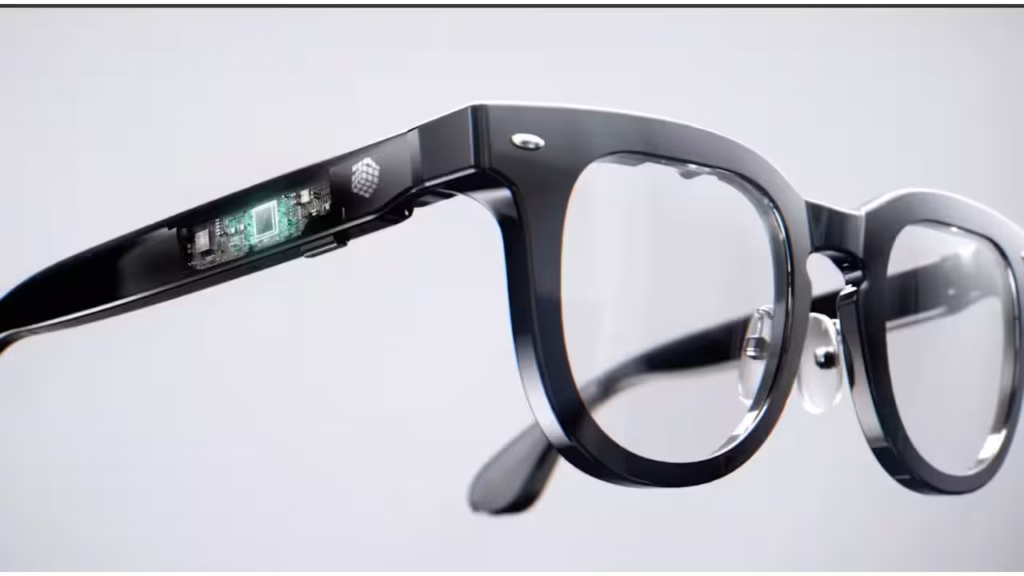
As smart glasses become more popular, many companies are offering great deals on AI-powered models. These deals help businesses and tech fans adopt this new technology.
Unpacking Google’s AI-Powered Android XR Smart Glasses
Google leads in smart glasses technology with their Android XR smart glasses. These glasses aim to provide an immersive augmented reality (AR) experience. They include features like voice control and gesture recognition. Google’s focus on innovation means these glasses keep getting better, with new features and updates.
Google often has deals and discounts on these glasses, making them a good choice for those wanting to try AI-powered wearables. Watch for promotions during tech events or holidays to find the best prices. These deals may include trade-in options for older models, making upgrades easier and more appealing.
Additionally, Google’s wide range of apps and services boosts the functionality of their smart glasses. Users can easily connect these glasses to Google’s apps for work and entertainment. This creates a smooth digital experience that extends beyond just the glasses.
The Best Smart Glasses in the Market
There are many options available for smart glasses. Here are some of the best choices:
- Vuzix Blade: This model is known for its strong AR features and stylish look. Its lightweight design and simple interface make it popular. Tech fans and professionals like it because it offers reliable AR tools.
- Bose Frames: These glasses provide excellent audio quality built into sunglasses. They focus on sound experience, giving users an immersive audio environment without needing headphones.
- North Focals: These glasses are recognized for their simple design and user-friendly interface. They prioritize comfort and ease of use, making them great for people new to smart glasses.
When searching for deals, think about which features matter most to you. Some offers may include discounts on bundles with accessories or extended warranties. – Think about the long-term support and updates from the manufacturer.
- These can make your purchase last longer and be more useful.
Seasonal Discounts and Promotions
The best time to buy smart glasses is often during major shopping events and holidays. Retailers usually provide big discounts during Black Friday, Cyber Monday, and back-to-school sales. These times are perfect for getting the latest models at lower prices.
Besides seasonal sales, many tech companies hold special product launch events. They often offer early-bird discounts and special deals to attract first-time buyers. These events usually include demonstrations, allowing potential buyers to try the glasses before buying.
Additionally, many retailers provide financing options. This allows customers to pay for their smart glasses in installments. This flexibility helps more people use new technology. It makes smart glasses a part of daily life.
How Do AI-Powered Smart Glasses Work?
Knowing how AI-powered smart glasses function can help you use them better.
Display Technology and Its Variations
Most smart glasses use lenses and microprojectors to show digital information. This setup creates a heads-up display (HUD) that overlays information in your view. The display technology can vary. Some glasses have full-color displays. Others use black and white to save battery life.
Recent advances in display technology have led to OLED and MicroLED displays. These provide bright colors and better contrast. They are not only visually appealing but also energy-efficient, which helps extend battery life. The type of display often depends on how the glasses will be used, with high-resolution displays preferred for detailed visuals.
Moreover, adaptive brightness technology is becoming more common in smart glasses. This feature changes the display’s brightness based on the surrounding light, ensuring good visibility in different settings. This adaptability improves user comfort and reduces eye strain during long use.
Interaction and Control Mechanisms
Interaction with smart glasses can happen in several ways:
- Voice Commands: Use AI voice assistants like Google Assistant to control functions. Voice commands let users interact hands-free, making multitasking easier.
- Gesture Controls: Some glasses recognize hand gestures to navigate menus or execute commands. Gesture control makes the experience more engaging and intuitive.
- Touch Controls: Many smart glasses have touch-sensitive frames for manual control. Touch controls offer precision, especially in noisy places where voice commands may not work well.
Haptic feedback is also becoming common in smart glasses. This technology gives tactile responses to user inputs, improving the interactive experience. With haptic feedback, smart glasses can create a more immersive and satisfying user experience, connecting digital and physical interactions.
Seamless Connectivity and Integration
Smart glasses usually connect to smartphones or other devices using Bluetooth or Wi-Fi. This connection allows them to sync data, receive updates, and provide a smooth user experience. The new 5G technology will change how smart glasses connect. It will provide faster data transfer. It will also offer more stable connections.
Moreover, smart glasses are increasingly integrating with IoT devices. Users can control various smart home devices, access cloud services, and interact with other wearables. This interconnectedness is creating a more cohesive digital ecosystem, where smart glasses play a key role in managing technology.
Advances in edge computing are also improving the processing power of smart glasses. Edge computing helps reduce delays by processing data closer to where it is generated. This makes applications more responsive. As a result, users can enjoy smoother real-time interactions.
Battery Life and Efficient Charging Solutions
Battery life is vital for smart glasses. Most models have rechargeable batteries that last from a few hours to a full day, depending on use. Charging options often include USB ports or wireless charging pads.
Recent improvements in battery technology have led to more efficient batteries. These advancements are extending the battery life of smart glasses, allowing for longer use between charges. Some models even have solar charging capabilities, offering an eco-friendly power solution.
Fast-charging technology is also becoming more common in smart glasses. This feature cuts down the time needed to recharge, so users can quickly get back to using their glasses without long waits. As charging solutions improve, we can expect even more convenient and sustainable options in the future.
Practical Applications of AI-Powered Smart Glasses
AI-powered smart glasses have many uses, both personal and professional.
Revolutionizing Workplace Productivity
In fields like manufacturing, logistics, and healthcare, smart glasses can boost productivity by providing real-time information and updates. Workers can access complex data hands-free, allowing them to focus on their tasks. For example, in manufacturing, smart glasses can display assembly instructions right in front of the worker. This helps reduce mistakes and boosts efficiency.
In logistics, smart glasses can improve inventory management by providing real-time data on stock levels and locations. This feature helps workers quickly find and process items, speeding up the supply chain and enhancing overall productivity. In healthcare, smart glasses can help medical professionals. They can show patient data and guidelines. This improves accuracy and reduces the risk of errors.
Additionally, smart glasses are changing remote work. By enabling virtual meetings and collaboration, they help teams work together smoothly, no matter where they are. This capability is especially valuable in today’s remote and decentralized work environment.
Improving Accessibility for All
For individuals with disabilities, smart glasses can provide important accessibility benefits. Features like real-time translation, navigation help, and voice commands can make daily tasks easier. For those who are visually impaired, smart glasses can give audio descriptions of their surroundings, improving mobility and independence.
Smart glasses can also assist people with cognitive impairments. They can offer reminders and task lists, helping users manage their daily routines better. This support can enhance the quality of life for individuals with conditions like dementia or ADHD.
In education, smart glasses are creating new ways to learn. They provide interactive and immersive experiences that engage students with different learning needs. This makes education more inclusive and accessible for everyone.
Facilitating Remote Assistance and Collaboration
In technical fields, smart glasses can be used for remote help. Experts can see what the wearer sees and offer guidance, making troubleshooting and training more effective. For example, in engineering, technicians can get step-by-step instructions and visual aids right in their line of sight. This reduces downtime and improves accuracy.
In the medical field, surgeons can consult with specialists remotely during complex procedures. This allows them to use expert advice without needing the specialist to be there in person. This capability improves collaboration and knowledge sharing, leading to better patient outcomes.
Smart glasses are also enabling new ways to work together in creative industries. Artists and designers can work together on projects. They can see and change digital content in a shared virtual space. This teamwork encourages innovation and creativity, opening new possibilities for artistic expression.
Conclusion: The Future of AI-Powered Smart Glasses
AI-powered smart glasses are more than just a gadget; they show us the future of technology. As AI and AR technology keep advancing, we can expect even more innovative uses and features. AI-powered smart glasses are exciting. They can help IT managers improve productivity. They also appeal to tech enthusiasts who want to explore new gadgets. Keep an eye out for deals and stay ahead in this fast-changing landscape.
The development of AI smart glasses is creating a future. In this future, the digital and physical worlds will blend together smoothly. As these technologies develop, they can change industries. They can also make things more accessible. Additionally, they can improve our daily lives in ways we are just beginning to understand. By keeping up with new developments, we can enjoy the benefits of AI-powered smart glasses. This will help us use them better in our personal and work lives.
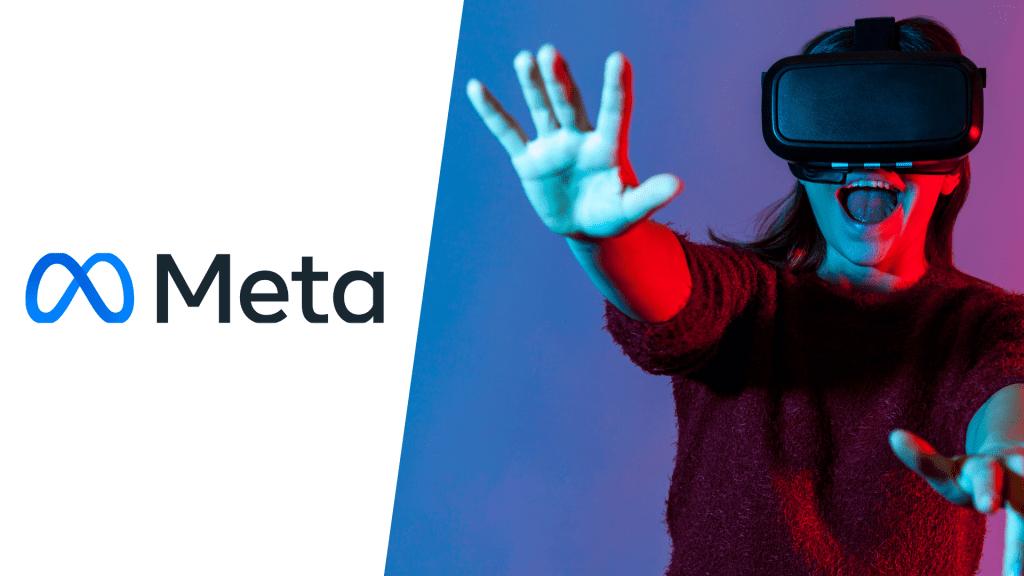
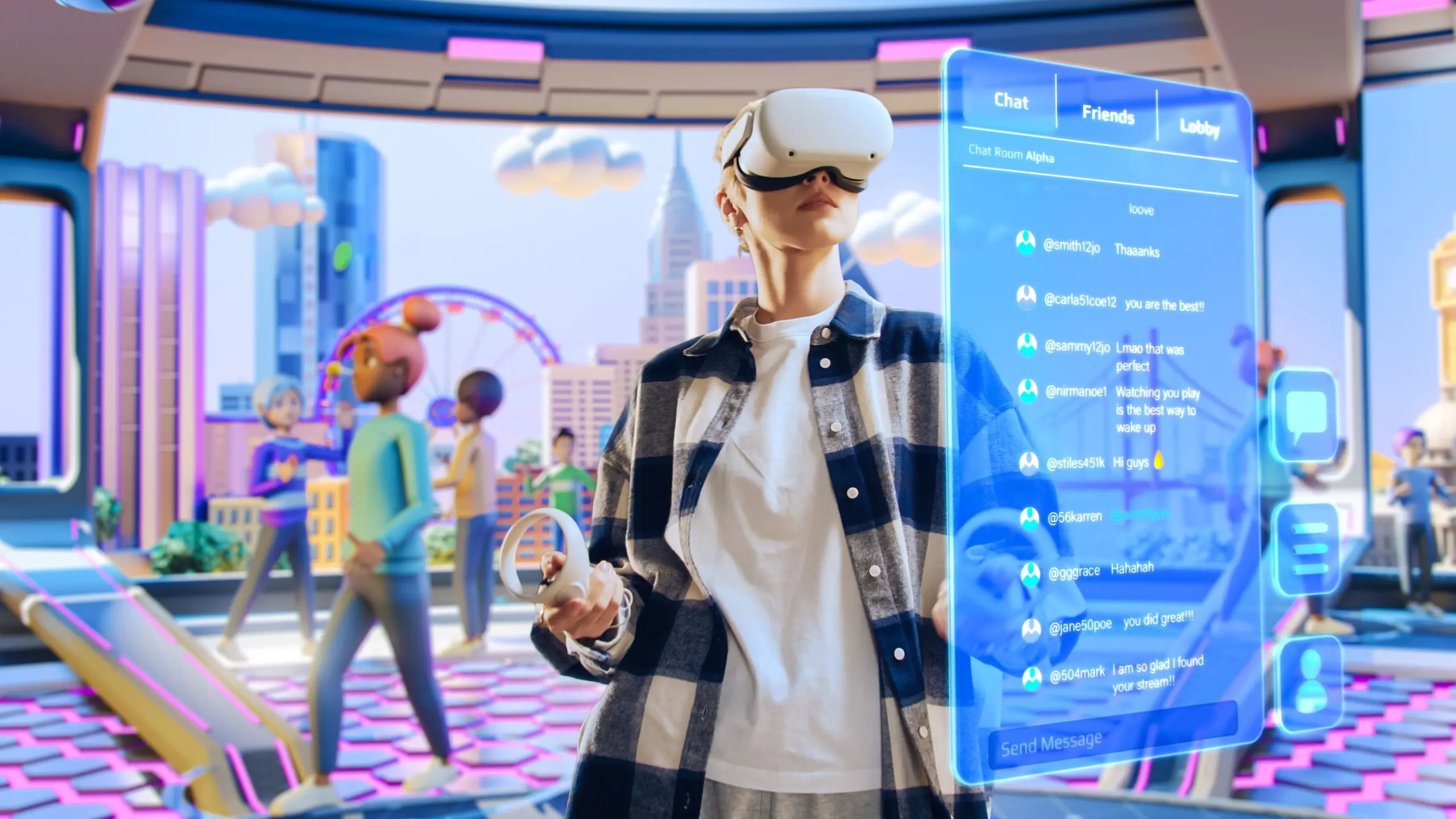
![]()


